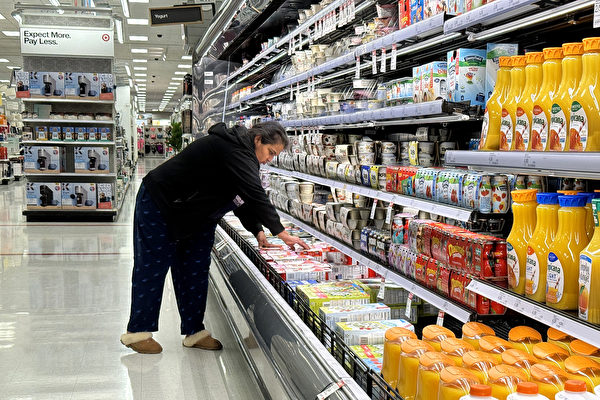The inflation in the United States in March shows little signs of weakening, with a key indicator closely monitored by the Federal Reserve indicating that price pressures remain high.
The U.S. Department of Commerce announced on Friday (April 26) that driven by rapid growth in the service sector, the annualized Personal Consumption Expenditures (PCE) for March increased to 2.7%, up 0.2 percentage points from February and slightly higher than the 2.6% estimated by Dow Jones Newswires experts.
As for the preferred inflation gauge by the Federal Reserve, the core PCE, which excludes volatile food and energy prices, increased by 2.8% annually, staying flat from the previous month. This figure also surpassed the 2.7% predicted by Dow Jones experts.
Though both these indices are far from the peak levels seen before (PCE peaked at 7.1% in June 2022, while core PCE was at 5.6% in February 2022), they remain above the Federal Reserve’s 2% target. This reduces the likelihood of a rate cut in the summer.
Furthermore, this adds to the challenge for U.S. President Biden’s re-election campaign, as he must convince American voters that the U.S. economy is still moving in the right direction before the election.
The majority of last month’s PCE growth was driven by the service sector, with an annual growth rate of 4%. Within volatile components, energy prices saw a 2.6% annual increase, while food prices increased by 1.5%.
Analyst George Mateyo from Key Wealth told CNBC, “The inflation report released this morning is not as hot as feared, but investors should not overly believe that inflation has completely eased, and the Federal Reserve may cut rates in the short term.”
He added, “The prospect of rate cuts still exists, but it’s not certain. The Fed may need to see weakness in the labor market to be confident in cutting rates.”
Consumer data indicates that despite rising price levels, consumers continue to spend.
Personal spending increased by 0.8% this month, slightly above the expected 0.7%. Personal income increased by 0.5%, meeting expectations and higher than the 0.3% growth from last month.
Households are tapping into savings to maintain spending, with the personal savings rate dropping to 3.2%, a decrease of 0.4 percentage points from February and 2 percentage points from the same period last year.

